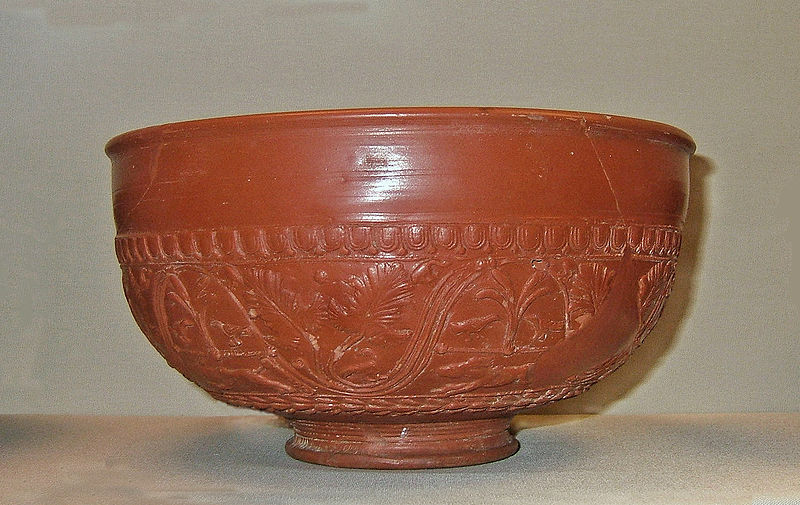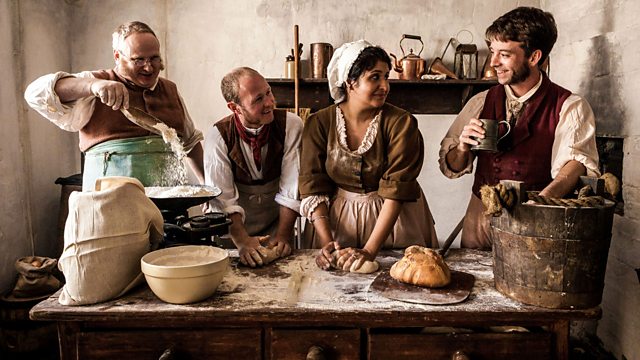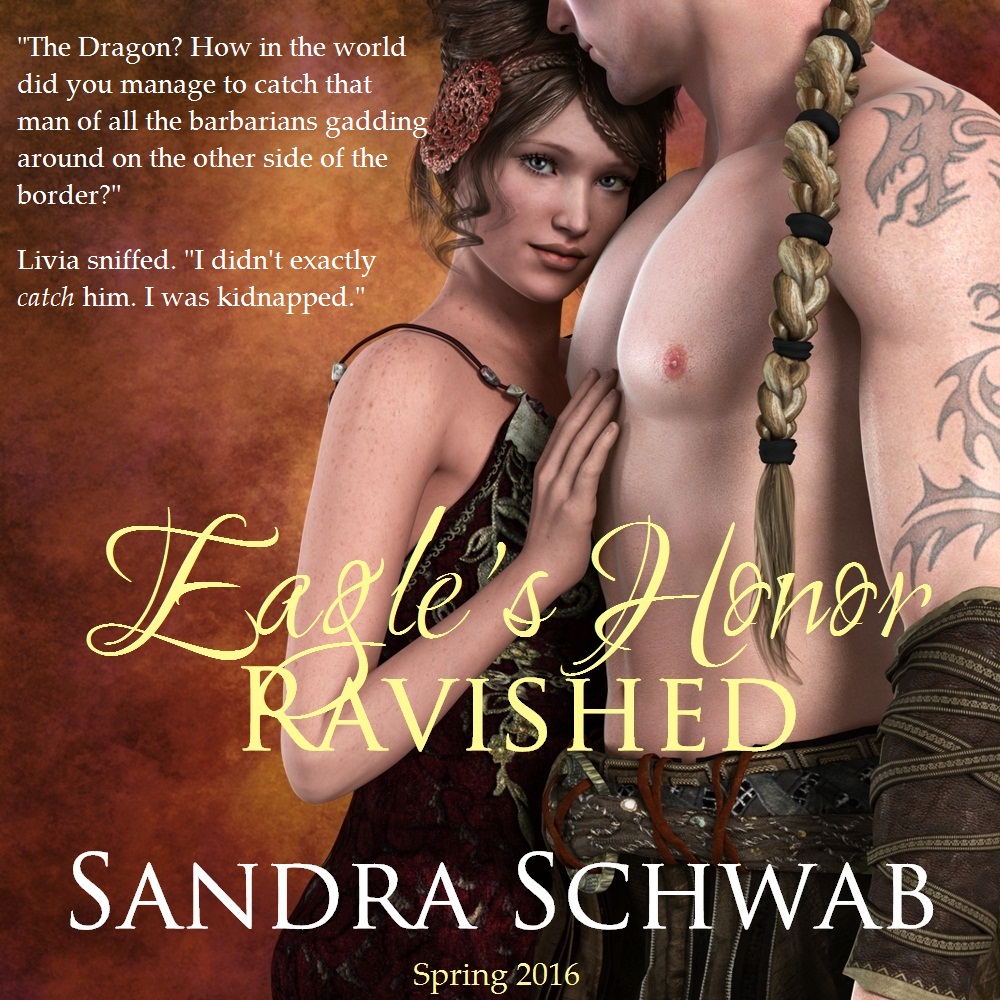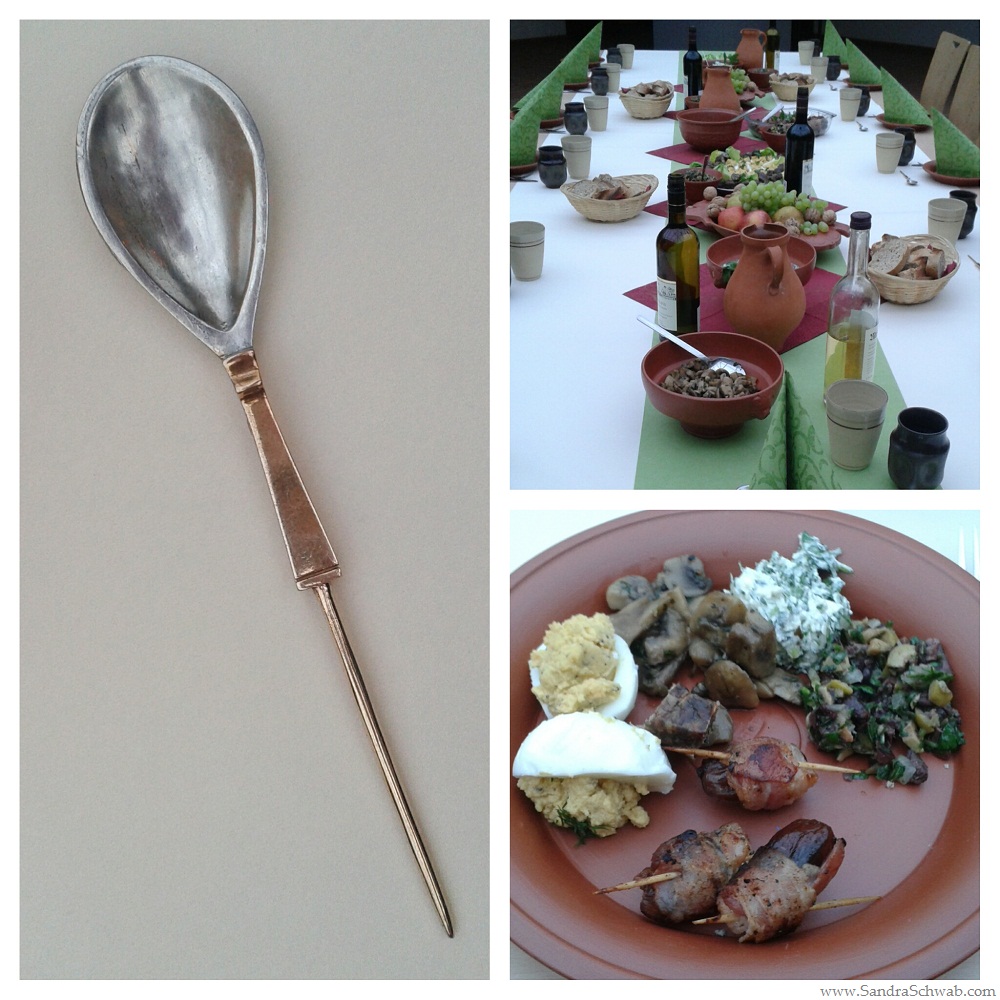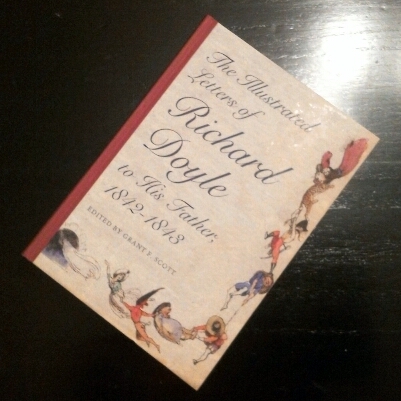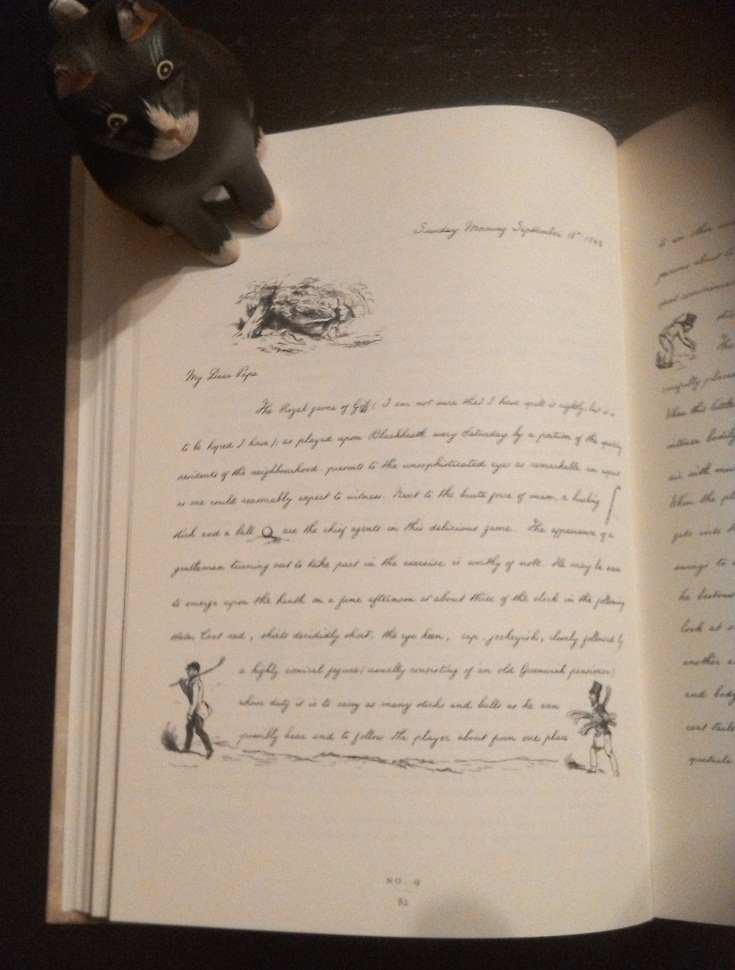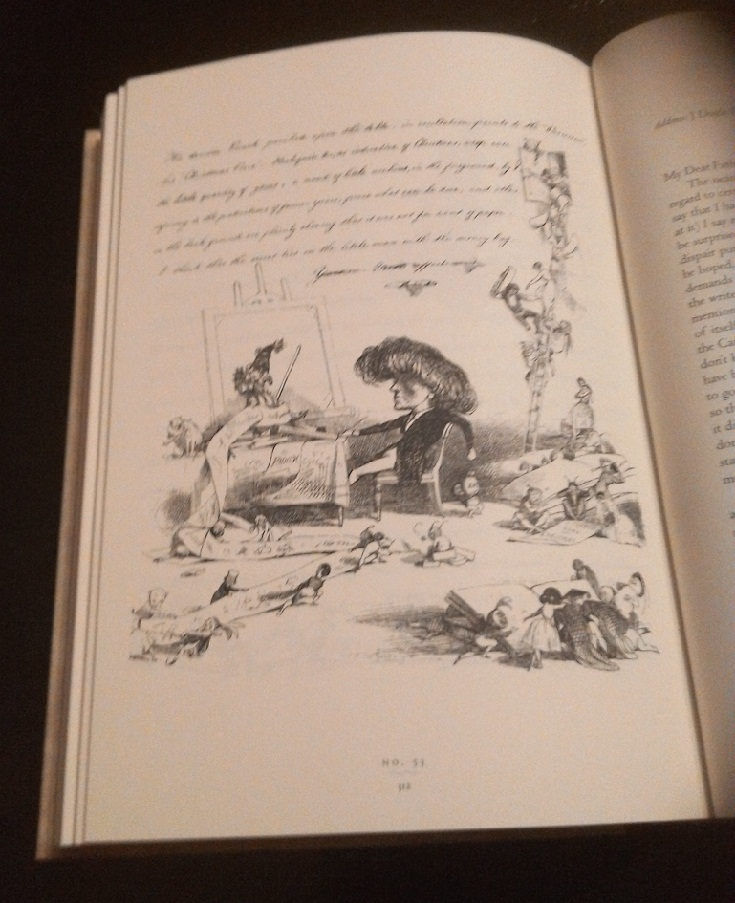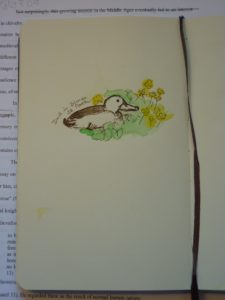
“Neck-tie scarf in imitation of Indian embroidery,” from The Englishwoman’s Domestic Magazine (1860?)
“We are very busy making Edward’s shirts, and I am proud to say that I am the neatest worker of the party.” ~ Jane Austen to her sister Cassandra, 1 Sept. 1796
Needlework was an essential skill for women of all classes during the Regency period, even though upper-class women would have spent more time on decorative work than on what was known as “plain sewing.” But as Jane Austen’s letter to her sister shows, even women of the gentry would have made their husbands’ and brothers’ shirts as well as their own shifts themselves. They would have also known how to mend clothes and how to make alterations.
Plain sewing was typically done in the morning before people would pay their morning calls. It was considered bad etiquette to do plain sewing in the company of visitors (unless they were close family). Instead, for such occasions, decorative needlework like embroidery was deemed suitable. Projects like embroidered shawls or slippers would also be made as gifts for friends and relatives.
Given the high presence of needlework in a woman’s life, it is perhaps not surprising that a lot of magazines targeted at women would include patterns — mostly decorative patterns in the early ladies’ magazines as they were targeted at an upper-class audience. Later, in the mid-19th century when the audience shifted to include middle-class women, several magazines also ran larger patterns for plain sewing.
Patterns (and sheet music) included in periodicals were meant to be used, and for that reason some periodicals like The Lady’s Magazine (launched in 1770) printed them on fold outs. This was good news for the first readers of those magazines — but really bad news for us today because many of those fold outs were indeed cut out and thus are lost to us.
This morning I stumbled across a project at the University of Kent, where three scholars study The Lady’s Magazine. When one of them, Jennie Batchelor, acquired a copy of the 1776 edition of the magazine with almost all of the fold-outs still intact, a new side project was born: The Great Lady’s Magazine Stitch-Off. They are uploading the patterns from the magazine on their website and are inviting people to use them for their own stitching projects and share pictures later on.
Isn’t this fascinating? I think it’s a wonderful way to bring those old patterns back to life.
What about you? Do you enjoy needlework? Would you love to be able to make your own clothes? (That’s on my To Do list for the future , so far I’ve only managed a few embroidery projects as well as a few softies.)



